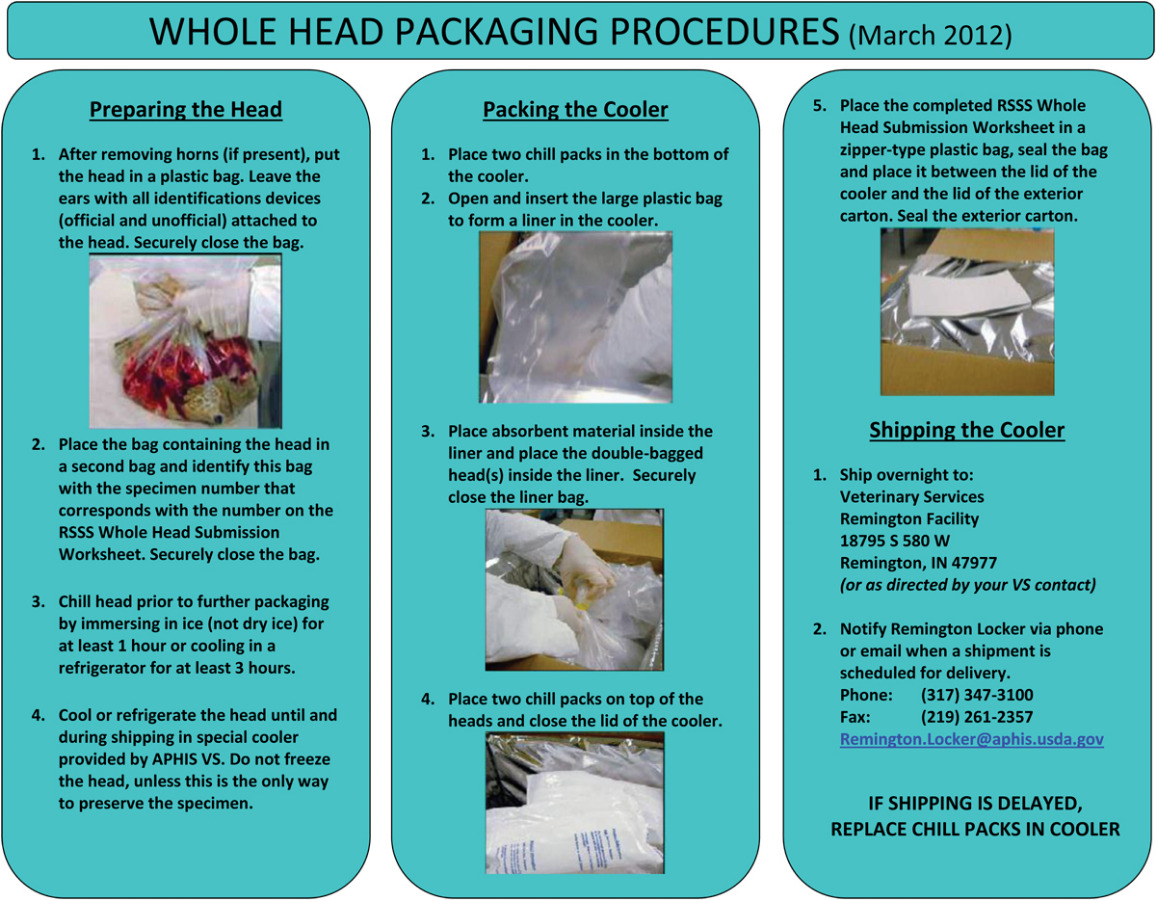Scrapie Submissions Needed
The good news for American sheep producers is that the industry has scrapie on the run. The bad news is that the current status makes carriers of the fatal disease more difficult to find.
“The incidence rate is now very low and finding the few remaining cases becomes more difficult using traditional surveillance methods,” said Wyoming State Veterinarian Jim Logan, DVM. “The best and most appropriate method now is within flock surveillance. It is in the best interest of the industry that we sample as many adult dead sheep and goats that we can find and get them tested.”
The only diagnostic tests currently available to determine if a sheep has scrapie require brain or lymphoid tissue. Scrapie is typically diagnosed by finding abnormal prion protein accumulation in the brain and/or lymphoid tissue of infected sheep. A positive test must be confirmed by the National Veterinary Services Laboratories.
While no new cases of classical scrapie have been reported in the United States since April 2016, there’s still a need to be vigilant.
“If producers take this on in a serious manner and get heads to the laboratory, it will help the U.S. Department of Agriculture prove to the international community that the United States is free of scrapie, and we will finally be able to wrap up this national eradication program,” Logan said.
Scrapie is a fatal, degenerative disease affecting the central nervous system of sheep and goats. It is among a number of diseases classified as transmissible spongiform encephalopathies. Infected flocks can experience significant production losses. Scrapie is the oldest known TSE, and under natural conditions only sheep and goats are known to be affected by scrapie. Once infected, the animal remains infected for life and eventually dies from the disease typically at between 3 and 5 years of age.
The best way for producers to assist in completely eradicating scrapie from American borders is to participate in APHIS’ sample submission program. The program is provided at no cost to the producer, and asks that producers submit samples from sheep or goats 18 months of age or older.
“Most producers don’t see scrapie as an issue in their flock,” said Diane Sutton, USDA/APHIS Veterinary Services Sheep and Goat Health Team Leader. “We’re so close to being free of scrapie, but we need to be able to demonstrate that to the world. Slaughter surveillance alone won’t get the job done.”
The process for submitting samples is fairly simple and outlined in the graphic below. Shipping boxes with packing supplies and shipping are provided at no cost by APHIS. For more information, visit Sheepusa.org/IssuesPrograms_AnimalHealth_Scrapie.



